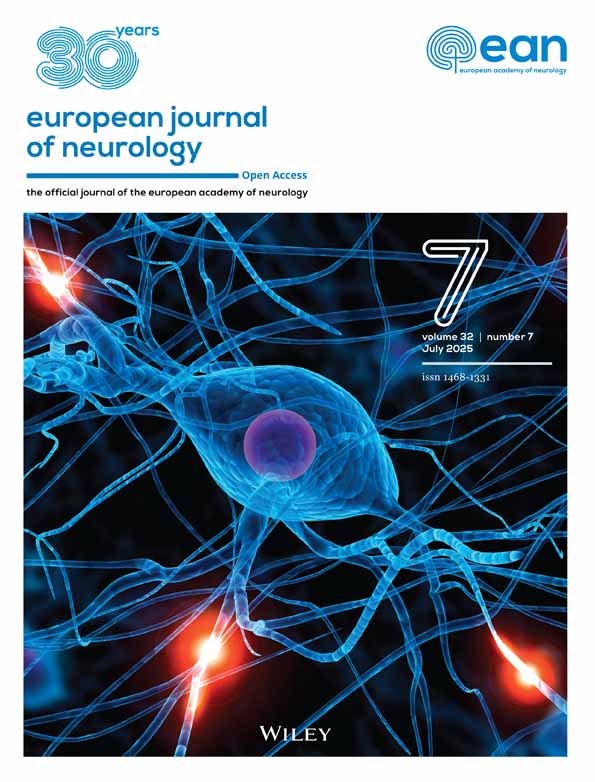Letter to the Editor: “Long-Term Persistent Headache After SARS-CoV-2 Infection: A Follow-Up Population-Based Study”
Jianghao Yu and Lu Xu contributed equally.
In their recent publication “Long-Term Persistent Headache After SARS-CoV-2 Infection: A Follow-Up Population-Based Study” [1], Silva et al. reveal that de novo persistent headache is prevalent post-COVID-19, with migraine-like headache (MLH) as the dominant phenotype. MLH predominantly affects middle-aged women and older adults, with 54.3% of incident MLH cases occurring in individuals over 50 years old. Notably, 57.4% of patients report limitations in daily activities, highlighting the high disability profile of this headache phenotype. This finding contrasts with the typical onset of classical migraine before 25 years, suggesting that SARS-CoV-2 may accelerate headache chronicity in older adults through mechanisms of neuroinflammatory activation or trigeminovascular system sensitization. Given recurrent pandemic waves and aging populations, these results significantly affect public health strategies. This letter aimed to provide constructive suggestions for future research.
First, headache classification in this study relied on self-reported symptoms from patients and subjective judgments by researchers based on ICDH-3 criteria. As researchers were aware of patients' infection history, there is a risk of unconscious attribution of headaches to COVID-19 or overdiagnosis of MLH, which may introduce classification bias and affect the accuracy of results. To address this, a double-blind study design is recommended, in which independent neurologists unaware of the infection status evaluate headache types according to ICDH-3 criteria [2]. This approach can reduce the impact of subjective judgments and minimize the risk of unconscious misjudgment.
Second, this study found that 12.6% of patients were lost to follow-up. Although no differences in age or sex were observed between those lost to follow-up and participants, the lost-to-follow-up population included patients who died or could not complete follow-up due to more severe illness, potentially introducing survivorship bias [3]. Additionally, patients with severe disease were more likely to use analgesics to relieve symptoms, which may have resulted in underreporting of headache symptoms and thus an underestimation of the actual incidence [4]. It is recommended that the impact of loss be assessed through follow-up through multiple imputation and sensitivity analysis [3], and the patient's illness severity and analgesic use must be thoroughly documented during follow-up.
Finally, this study focused exclusively on a COVID-19-infected cohort and did not include an uninfected control population. Widespread isolation, economic stress, and lifestyle modifications during the pandemic were accompanied by prominent psychological issues, such as anxiety and depression among patients with COVID-19, all of which could independently contribute to headaches. The lack of a control group precluded differentiation between “whether COVID-19 infection increases headache risk” and “headache rate elevation in the general population due to stress, lifestyle changes, and other factors during the pandemic.” Future studies are recommended to include an uninfected control group [5]; if headache rates increase in the general population, cautious interpretation of the causal association between COVID-19 infection and headache will be warranted.
Overall, we hope this letter can further enhance the impact of this already excellent study. Meanwhile, addressing global challenges requires all sectors to collaborate and foster a better future for the world.
Author Contributions
Jianghao Yu: conceptualization, writing – original draft. Lu Xu: writing – review and editing. Tingting Zhou: validation, formal analysis. Jinwei Li: supervision, project administration, writing – review and editing.
Conflicts of Interest
The authors declare no conflicts of interest.
Linked Articles
This is a linked article to Silva et al. ‘Long-Term Persistent Headache After SARS-CoV-2 Infection: A Follow-Up Population-Based Study.’ To view this article, visit https://doi.org/10.1111/ene.70130.
Open Research
Data Availability Statement
Data sharing is not applicable to this article as no new data were created or analyzed in this study.




